Weather Restrictions When Shipping
Rules of Thumb to Know:
-
We WON'T ship if
- Plants at the nursery aren't yet ready
- Temps in your area are lower than 32 degrees
- Temps on the route are lower than 25 degrees
- Temps on the route are higher than 95 degrees
-
We WILL ship if
- We’re confident your last frost date has passed
- The nursery is confident their last frost date has passed
- Temps on the entire delivery route are within an acceptable range
- We’re confident your last frost date has passed

2023 USDA Plant Hardiness Zone Map
This is a map of the United States showing the USDA planting zone classifications. Planting zones are used as guidelines to determine the hardiness and survivability of various trees and plant species in each geographic area.The hardiness zones are based on local climate. The USDA determined the zones using average annual minimum temperatures in each region. A plant’s recommended zone is based on the temperatures it can withstand, which is often congruent with the temperatures it would expect to see in its native conditions.
When ordering a tree or plant, make sure to know your planting zone. On NatureHills.com, we do our best to provide an accurate listing for each product’s recommended zone. You can determine your garden’s USDA hardiness zone using this map. It’s unwise to purchase a plant for an outdoor garden that cannot survive in your zone. However, planting a species in its recommended zone does not guarantee it will thrive. A good location is only the beginning; the rest is up to the gardener.
Click Your Zone Below to Find Shipping Schedule
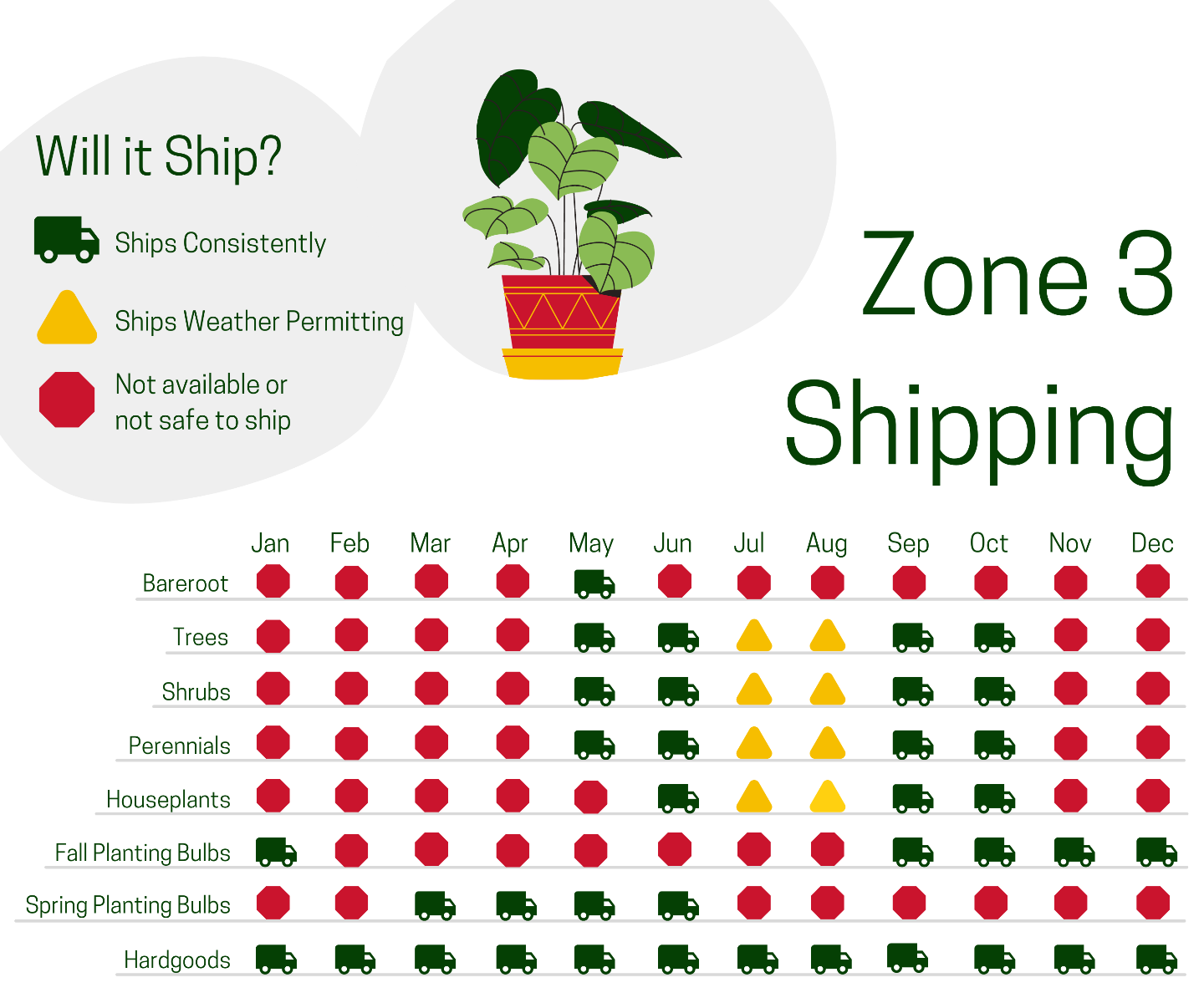
| City | Last Spring Frost | First Fall Frost |
|---|---|---|
| Wolfs Point, MT | 5/16 | 9/20 |
| Detroit Lakes, MN | 5/15 | 9/20 |
Frost dates are based on historical climate data, and are not sure dates. The last spring frost is the last light freeze in the spring and the first fall frost is the first light freeze in fall.
All Frost information is from the Farmer's Almanac.
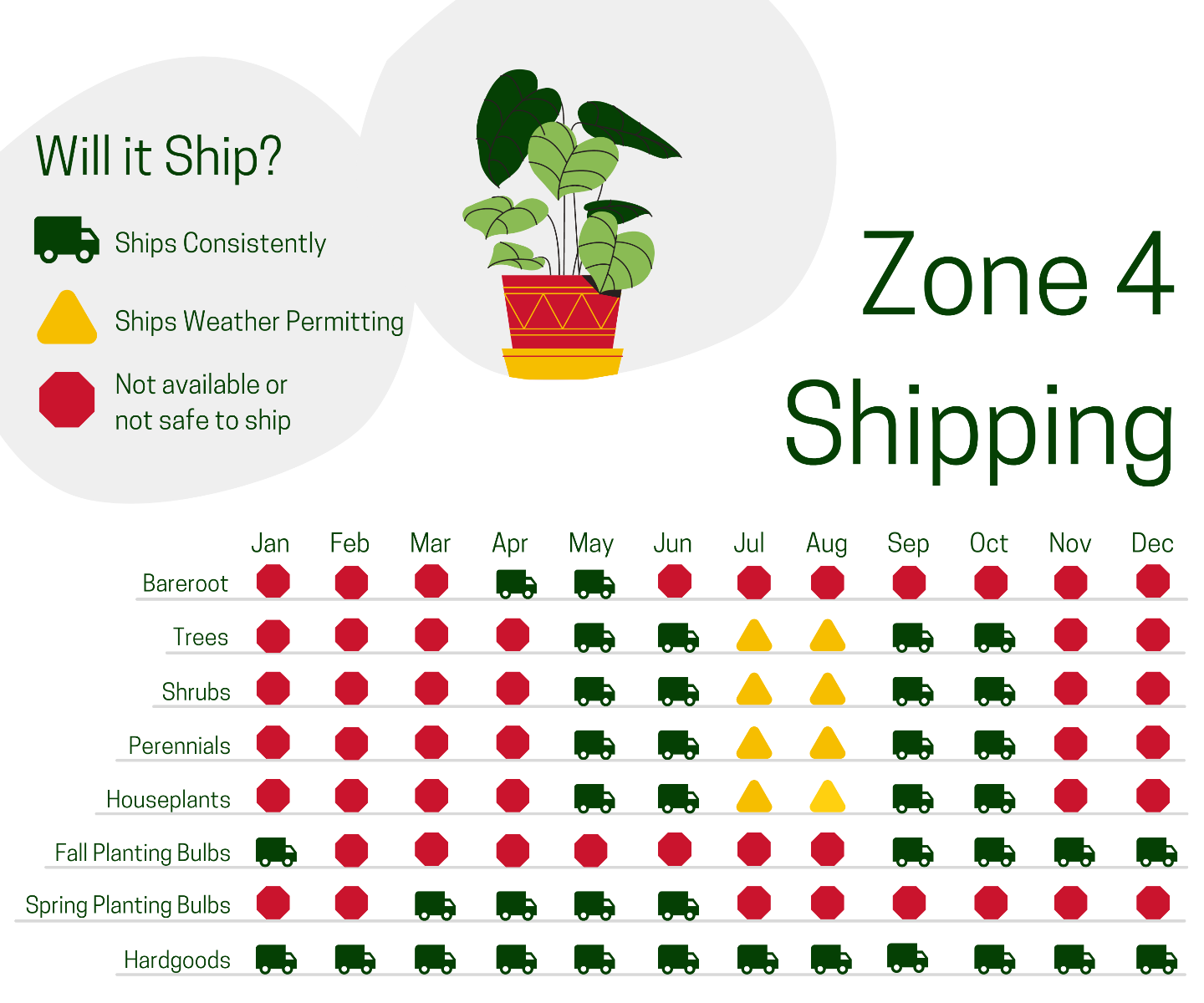
| City | Last Spring Frost | First Fall Frost |
|---|---|---|
| Minneapolis, MN | 4/30 | 10/5 |
| Billings, MT | 5/8 | 9/27 |
| Sioux Falls, SD | 5/3 | 9/28 |
| Fargo, ND | 5/10 | 9/27 |
Frost dates are based on historical climate data, and are not sure dates. The last spring frost is the last light freeze in the spring and the first fall frost is the first light freeze in fall.
All Frost information is from the Farmer's Almanac.
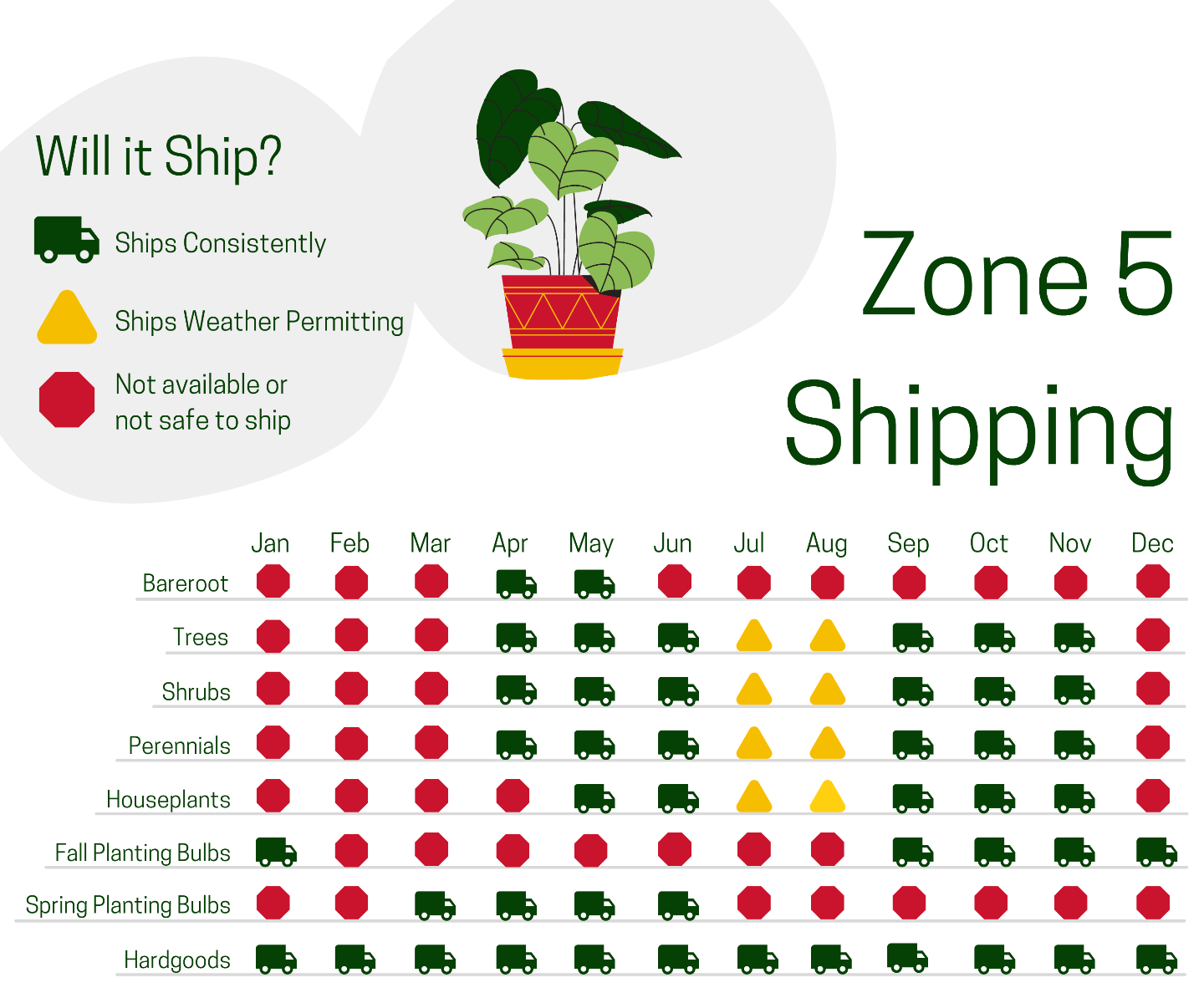
| City | Last Spring Frost | First Fall Frost |
|---|---|---|
| Denver, CO | 4/30 | 10/4 |
| Portland, ME | 5/2 | 10/6 |
| Omaha, NE | 4/21 | 10/12 |
| Chicago, IL | 4/20 | 10/24 |
Frost dates are based on historical climate data, and are not sure dates. The last spring frost is the last light freeze in the spring and the first fall frost is the first light freeze in fall.
All Frost information is from the Farmer's Almanac.
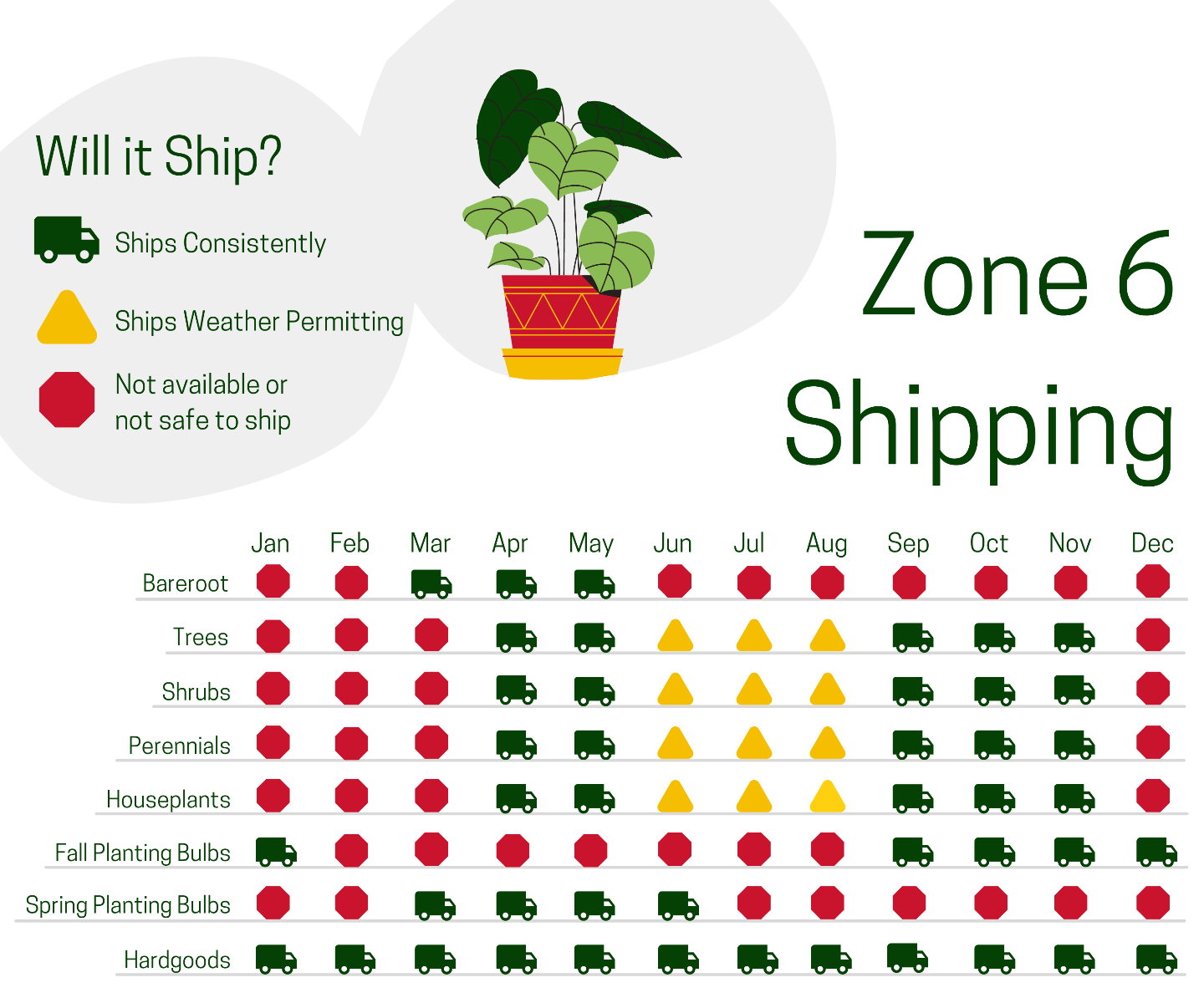
| City | Last Spring Frost | First Fall Frost |
|---|---|---|
| Topeka, KS | 4/19 | 10/11 |
| Boston, MA | 4/7 | 11/7 |
| Detroit, MI | 4/26 | 10/17 |
| Columbus, OH | 4/26 | 10/13 |
Frost dates are based on historical climate data, and are not sure dates. The last spring frost is the last light freeze in the spring and the first fall frost is the first light freeze in fall.
All Frost information is from the Farmer's Almanac.
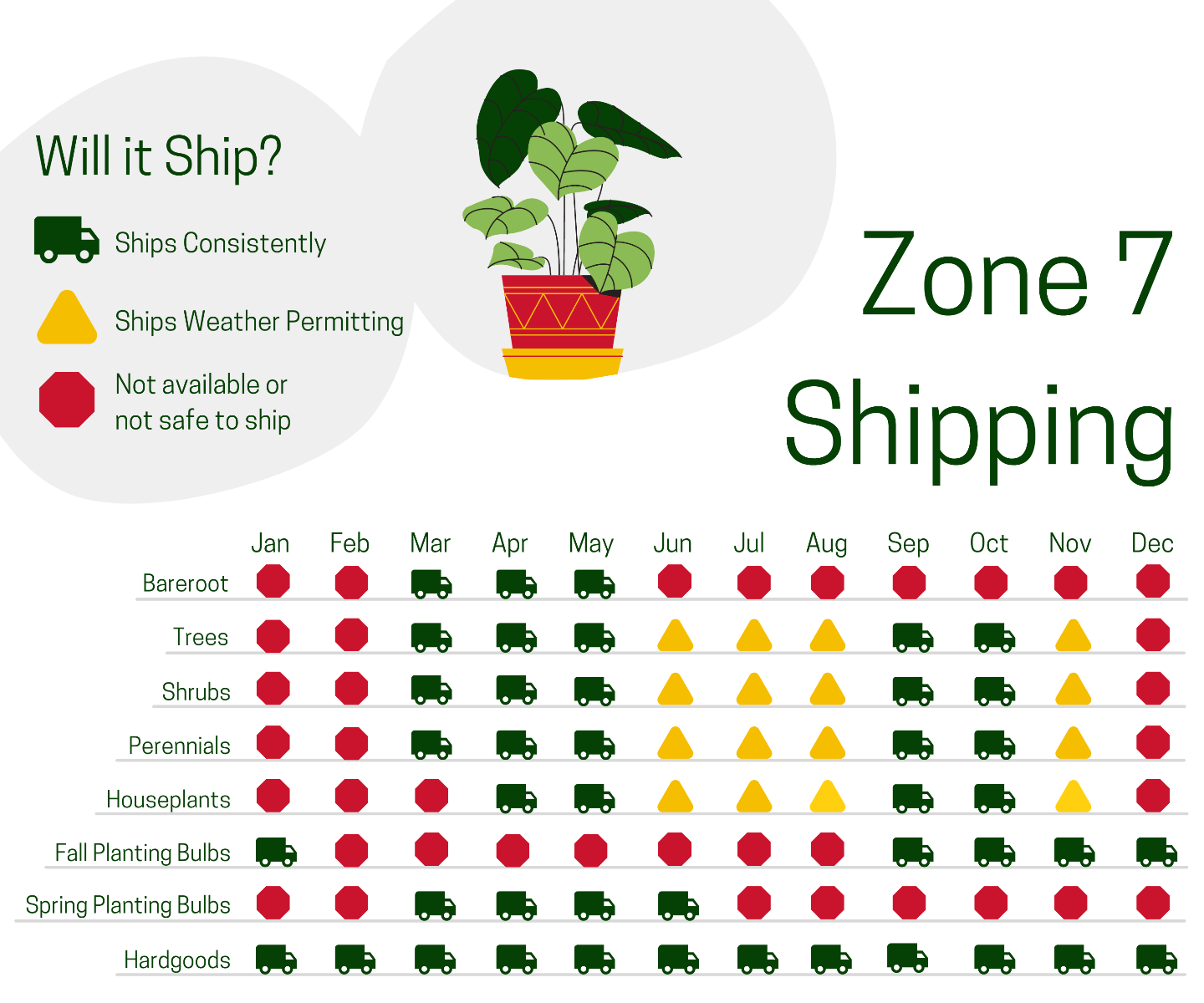
| City | Last Spring Frost | First Fall Frost |
|---|---|---|
| Washington D.C. | 3/29 | 11/15 |
| Baltimore, MD | 4/11 | 10/29 |
| Tulsa, OK | 3/27 | 11/7 |
| Albuquerque, NM | 4/16 | 10/28 |
| New York City, NY | 4/1 | 11/15 |
Frost dates are based on historical climate data, and are not sure dates. The last spring frost is the last light freeze in the spring and the first fall frost is the first light freeze in fall.
All Frost information is from the Farmer's Almanac.
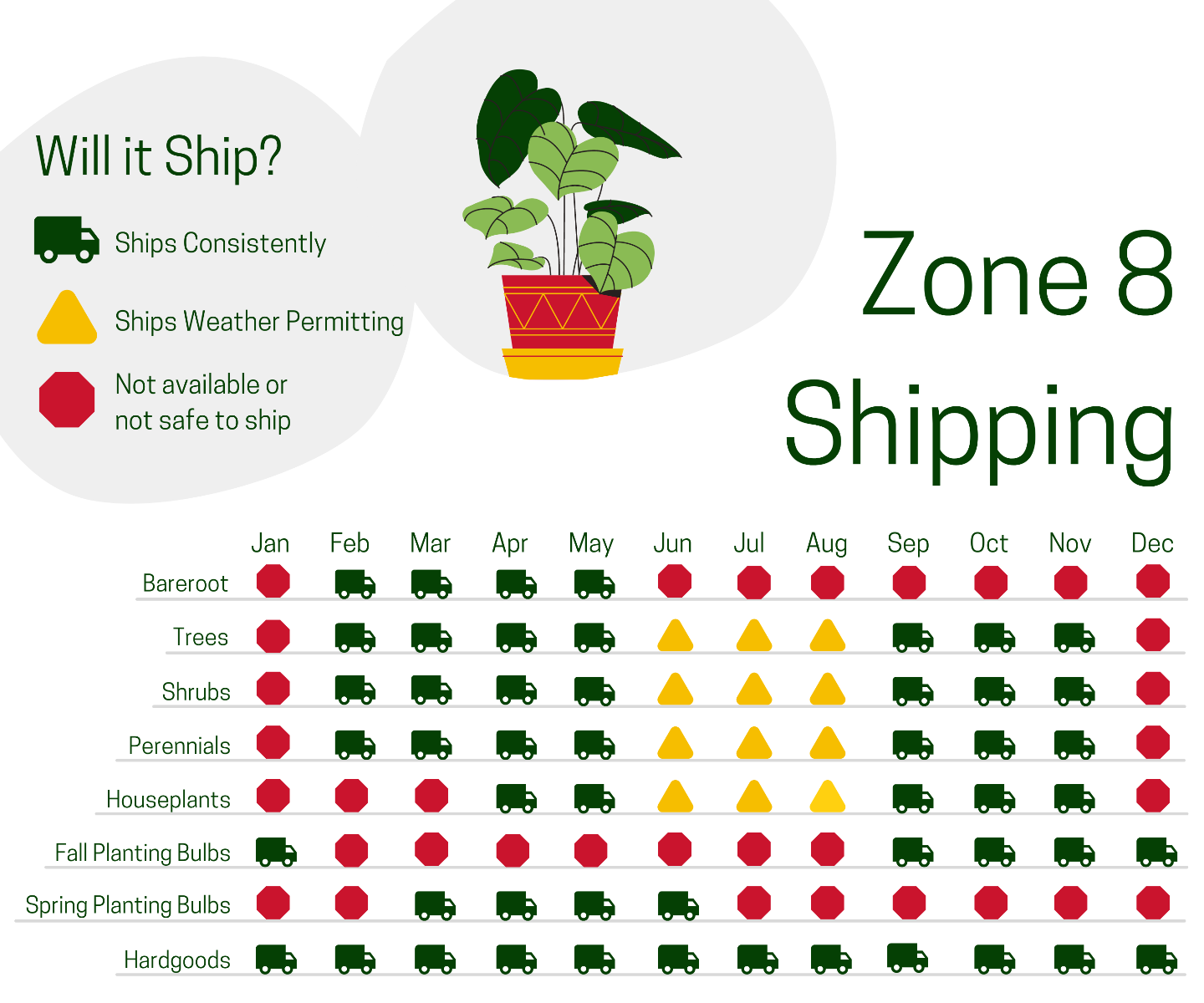
| City | Last Spring Frost | First Fall Frost |
|---|---|---|
| Atlanta, GA | 3/24 | 11/16 |
| Portland, OR | 3/23 | 11/15 |
| Charleston, SC | 3/9 | 11/25 |
| Baton Rouge, LA | 2/26 | 11/29 |
Frost dates are based on historical climate data, and are not sure dates. The last spring frost is the last light freeze in the spring and the first fall frost is the first light freeze in fall.
All Frost information is from the Farmer's Almanac.
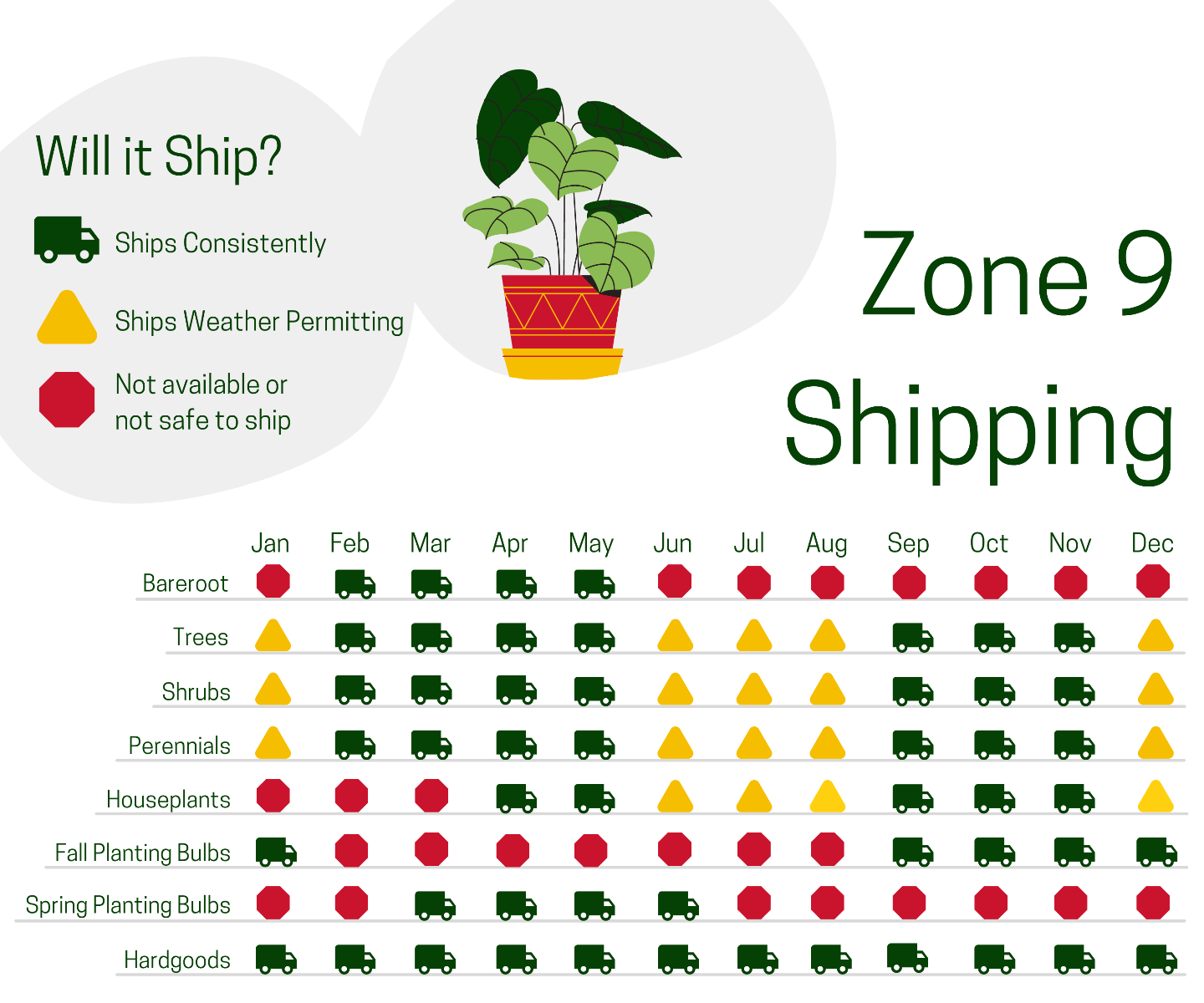
| City | Last Spring Frost | First Fall Frost |
|---|---|---|
| Sacramento, CA | 2/10 | 12/4 |
| Jacksonville, FL | 2/26 | 12/3 |
| Las Vegas, NV | 2/16 | 11/27 |
| Houston, TX | 2/8 | 12/20 |
Frost dates are based on historical climate data, and are not sure dates. The last spring frost is the last light freeze in the spring and the first fall frost is the first light freeze in fall.
All Frost information is from the Farmer's Almanac.
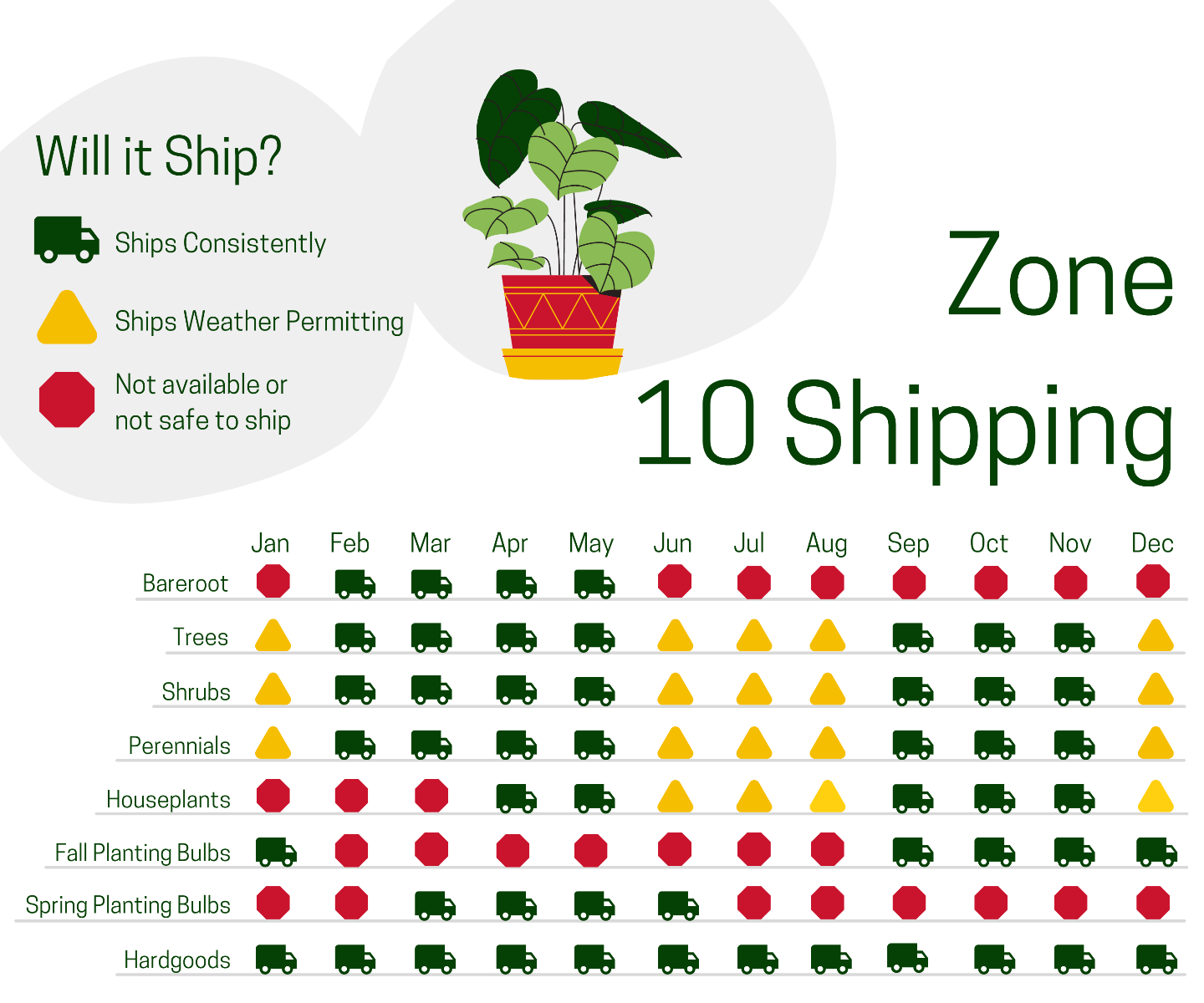
| City | Last Spring Frost | First Fall Frost |
|---|---|---|
| Tampa, FL | 1/21 | 1/19 |
Frost dates are based on historical climate data, and are not sure dates. The last spring frost is the last light freeze in the spring and the first fall frost is the first light freeze in fall.
All Frost information is from the Farmer's Almanac.
Shipping Plants: The Inside Scoop
The health and success of your plant is our first priority and sometimes that means working with the weather in order to ship from our nurseries to your doorstep. However, we know that this can leave you wondering where exactly that plant you ordered is. Let’s break it down.
Shipping in Early Spring
Ordering your plants in the winter is a great idea because it means we’ve set them aside and put your name on them. No one else is going to end up with those plants, they’re all yours.
That being said, shipping it in the winter wouldn’t make much sense, the ground is frozen! Plus, letting your plant sit in a delivery truck in extremely cold temperatures will hurt it, and sometimes even kill it!
We work with our nurseries, past experiences, and reference reputable sources like the Farmer’s Almanac, to decide when your zone is ready for planting.
Keep in mind: Ready to Plant means that the last projected frost date has passed. So if you walk outside at the very beginning of spring and it happens to be warm, that doesn’t mean we’ll be shipping your plant then. We wait to make sure frost is unlikely to hurt the plant either in transit or once it arrives.
We know you’re excited to receive your plants, we’re excited too! We just don’t want to hurt them on their journey.
Shipping in Summer
Just like cold, heat can be detrimental to plants on their way to your home. Our shipping experts meet every week and go over weather reports for THE ENTIRE COUNTRY to evaluate if it’s safe for your plants.
Your orders may spend days on a delivery truck without being watered so we want to make sure they’re prepared and that the heat won’t dry them out too quickly.
We appreciate your patience and understanding as we work diligently to protect your plants during transit. Have more questions? Please contact our Plant Experts for assistance!
